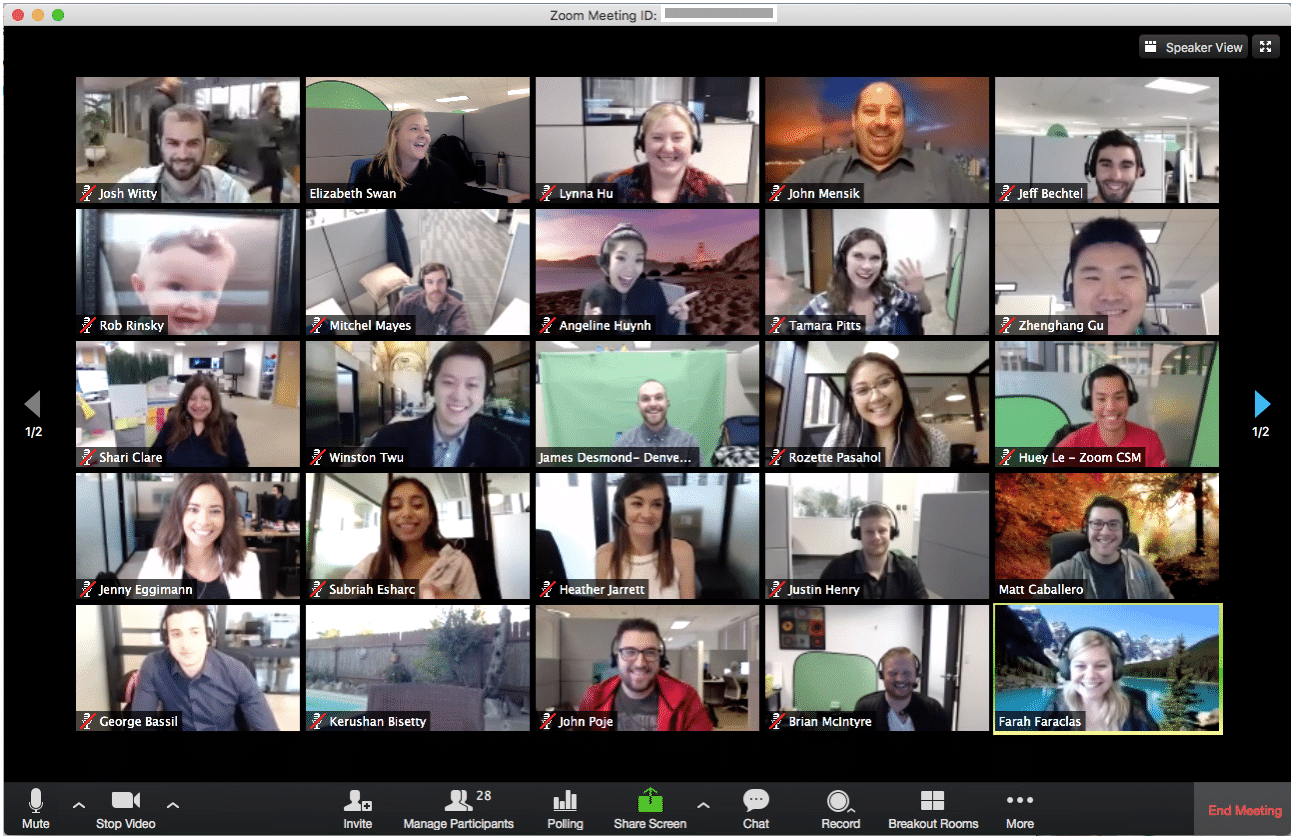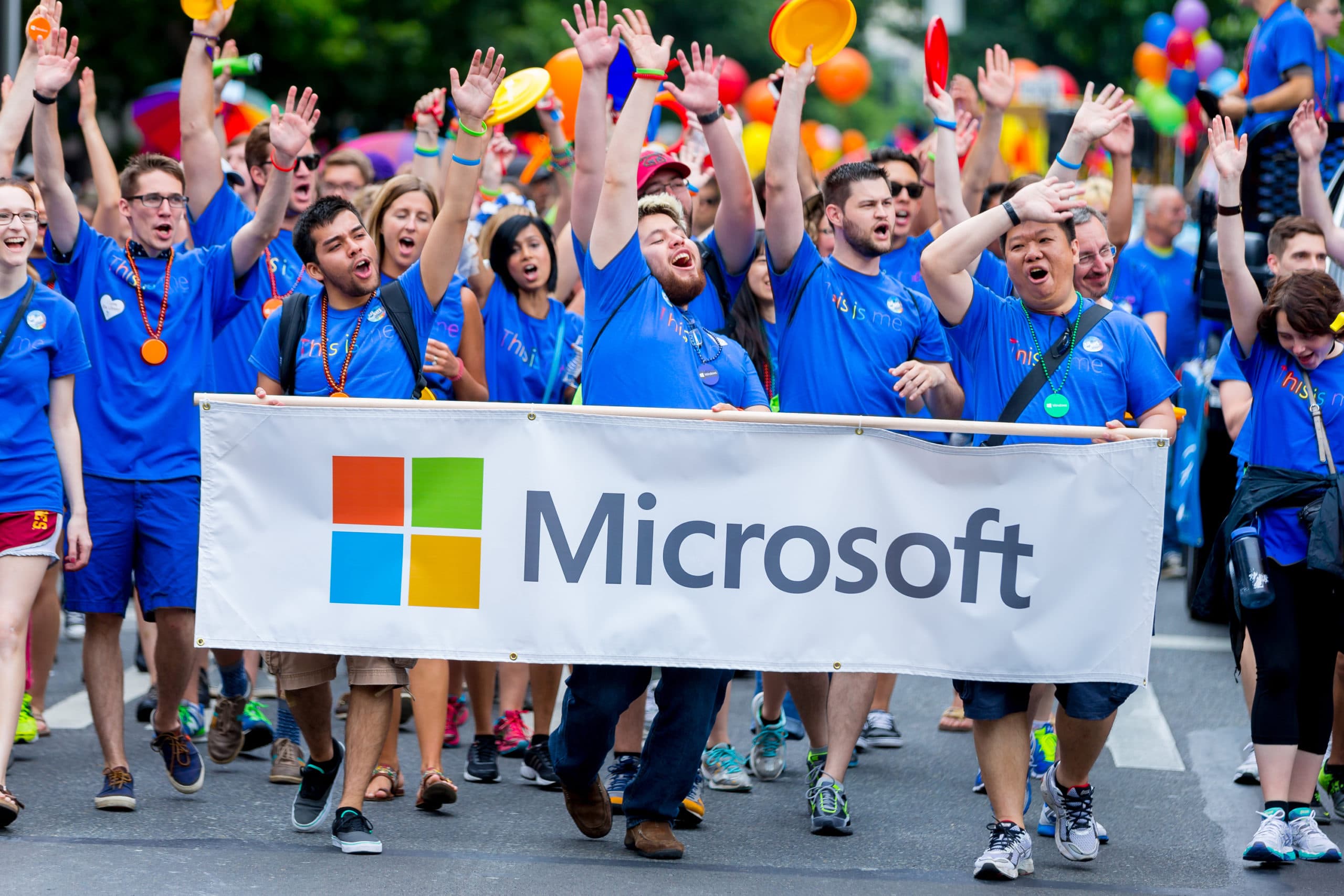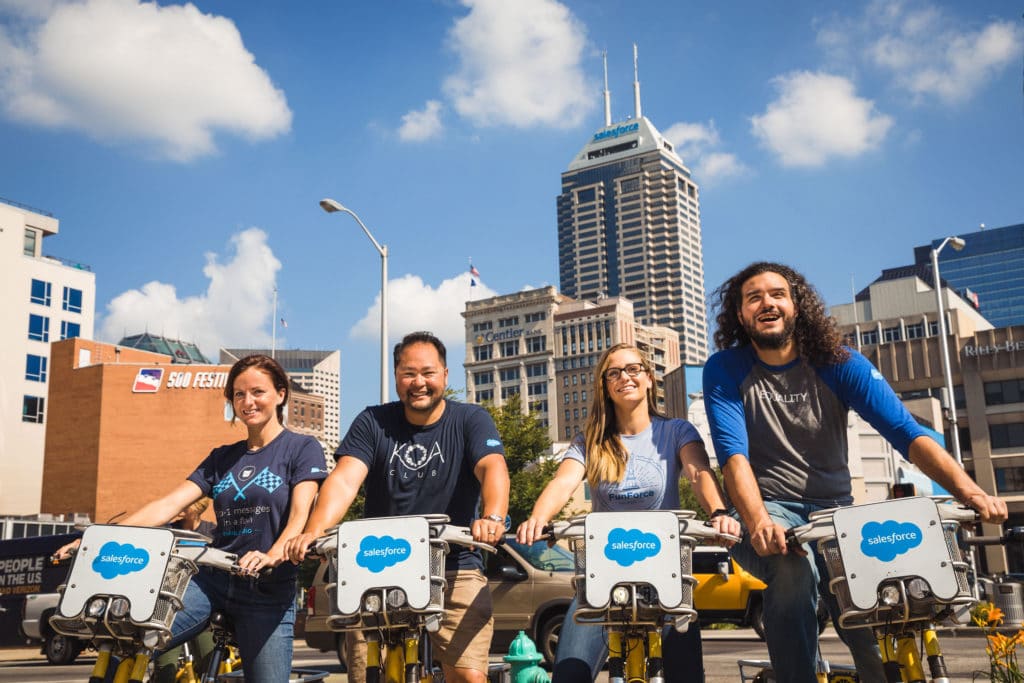4 Companies With The Happiest Employees (and How They’ve Done It)
This is the seventh in an ongoing series of blogs exploring the meaning, implementation, function and future of CSR.
Among so much else, the Coronavirus pandemic brought the importance of mental health into sharp focus. In the middle of the pandemic, almost 50% of Americans reported dealing with struggles around their mental health. Although mass inoculation may relieve much of the uncertainty millions of Americans were struggling with, this national attention on wellbeing has also opened wider discussions around how to improve, maintain and strengthen our mental health.
Although many more are focusing on their emotions and feelings now, companies ought to be doing the same. Data from the American Psychiatric Association reports that “employees with unresolved depression experience a 35% reduction in productivity, contributing to a loss to the U.S. economy of $210.5 billion a year in absenteeism, reduced productivity, and medical costs.” Happy, healthy employees are the backbone to a productive, efficient workplace, so employers should take their employees’ mental health very seriously.
The mental health of employees can drastically be affected by factors outside of the workplace, however the workplace is where many find their greatest stressors. According to a study conducted by the National Institute for Occupational Safety and Health, “40% of workers reported their job was very or extremely stressful” “25% view their jobs as the number one stressor in their lives.” These statistics show how strongly workplaces can affect employees emotionally, and how many companies do not even consider how they can improve the mental health of their teams.
While it is a tall task to ask managers and HR professionals to become licensed mental health experts, there are clear, tangible ways which employers can support and boost the mental wellbeing and happiness of their teams. To illustrate this, we have compiled a list of companies which are doing just that, harnessing the principles behind corporate social responsibility to build work environments which promote the wellbeing of employees.
1: Zoom

In the midst of the Covid pandemic, Zoom became an invaluable tool for numerous companies, used as a way to keep face-to-face communication alive during remote work. During this time of great stress, Zoom offered a simple means for connection, not only among co-workers, but for friends and family alike. This is no surprise, for Zoom is a company built upon the idea of ease of use and creating happiness. In fact, Zoom proudly declares that they “deliver happiness” on their about us page. However, this focus on wellbeing goes far deeper than just user experience, and shapes the company’s workplace structure; putting employee happiness and wellbeing first and foremost.
Because of the rush of new customers and users, Zoom had to bulk up their staff with a hiring blitz. However, they made certain that these new employees (along with all their pre-pandemic staff) would be assisted in the trying times of the early pandemic. “With gyms in certain areas of the country closed … Zoom, which usually offers a monthly gym membership allowance, has since turned that into a monthly stipend that employees can use for things including food and grocery delivery.” Decisions like this – partnered with a consistent focus on mental and physical health of employees – not only make employees more productive, but also make them feel important and cared for on an individual level.
Trying to avoid burnout or apathy at all costs, Zoom puts great emphasis on providing time away from work, offering unlimited vacation while promoting employees to take occasional breaks from work during the pandemic to relax and collect their thoughts. While this may seem like an invitation for reduced productivity, this approach creates an environment where the opposite is true, with employees performing higher and feeling more personally supported by their employer. If other companies can take anything away from Zoom’s approach to CSR and employee satisfaction, it is the importance of creating happiness and focusing on the complete health of every employee.
2: Microsoft

Microsoft is an undeniable giant in the world of tech, with an unquestionable impact on the world of personal computing. Yet they’ve maintained their success through more than just perseverance and market domination. Especially in the 21st century, much of Microsoft’s success can be attributed to their world class team and their satisfaction with their work.
In 2019, Microsoft began studying employee surveys, which showed satisfaction slipping as employees began to see work taking over their lives. However, Microsoft quickly realized the importance of addressing this issue. “Brett Ostrum, the VP in charge of Microsoft’s computing devices, had 700 highly-trained employees with specialized skills. He couldn’t afford to lose them.” With this in mind, Microsoft began analyzing all the data they could find, synthesizing the optimal way of maximizing employee satisfaction.
Their answer was found in team meetings, which were limiting room for creativity and forcing employees to complete their work at nights and on weekends. “It wasn’t the extra hours people found discouraging: it was the fact that they were isolated during those hours, and that when they did have contact with their bosses, it was in bustling, chaotic meetings with too many action items for making progress on their particular projects. It was demoralizing.”
Microsoft is a perfect example of how employee satisfaction should not be viewed on a case by case basis, and that companies must view employee happiness on a macro level. While employees should feel like their individual needs and wants are being met, the company must view employee satisfaction from a macro level, addressing negative trends promptly and from the top down.
3: Salesforce

Software and cloud enterprise company Salesforce has been included in many happiest employees lists, and this is no coincidence. Salesforce sees their teams as their biggest asset, and invests in them accordingly, helping them bloom and thrive. However, while their teams are an essential asset, Salesforce sees all their employees as individual people, and builds their employee engagement accordingly.
Life is unpredictable, and doesn’t always wait for the weekend. Because of this, Salesforce has strived to create an environment where extended time off is not looked down on, and is heavily promoted in times of need. Not only does this let employees focus on life, but makes them feel cared for and appreciated as a human being. By the same token, Salesforce strongly promotes volunteering, building time off and incentives around helping others. “The best employees often have a remarkable trait: they continue to work even outside of work, and even when they don’t get paid … almost every organization will have team members who lead second lives as dedicated volunteers.”
While companies can aim to improve employee satisfaction, if they are not focusing on basic human needs then they are wasting time. Although employees like inviting workplaces, they need to feel like they as individuals are being respected and cared for, and that their employer understands that their needs can change drastically and quickly. Salesforce shows how to account for this, building their employee satisfaction program around human needs.
4: LinkedIn

An often neglected part of employee satisfaction is nurturing purpose within the workplace. All companies have their niches to serve, but they are not motivating their employees the most if they are not helping employees understand how their job makes a difference in the world. Providing an invaluable service to people looking for work around the world, LinkedIn has found a way to help their employees see their work as bigger than themselves.
This can be seen in how LinkedIn employees describe why they enjoy their workplace, “What makes me happy the most about my work is the sense of purpose and knowing I’m making a difference in the world.” LinkedIn has built this environment by centering company values and practices around motivating employees, placing great importance on the individual actions and work of employees. This can clearly be seen in their company culture mottos, declaring “Every one of us is here to transform ourselves, our company, and our world for the better.” However, they nurture this sense of importance by treating their employees to a bevy of benefits addressing mental and physical wellbeing, donation and volunteership, family services, and much more.
The Power of Satisfaction
These four companies not only show the different ways which companies can embrace employee satisfaction, but the numerous benefits of doing so. Simply put, happy employees are more engaged, motivated, and committed to their employer. By investing in the mental and physical health of their employees, these companies have made their workplaces extremely desirable and employed with innovative, hardworking employees.
Although CSR is often seen as a company looking outward, it is essential that businesses use corporate responsibility principles to look inward, finding optimal ways which they can enhance and better the lives of their employees. This not only raises profits and productivity, but builds a powerful reputation which spreads from current employees to potential ones.
In addition to CSR initiatives, impact initiatives also bolster a happier workforce. In fact, 74% of employees say their job is more fulfilling when they are provided opportunities to make a positive impact. Impactree supports employee engagement, recognition, morale, and retention by empowering action on the causes most important to your workforce.


